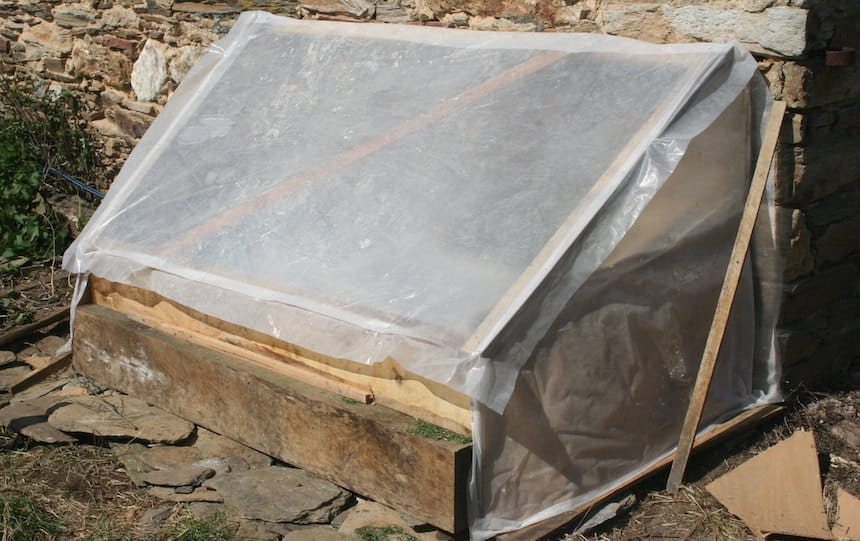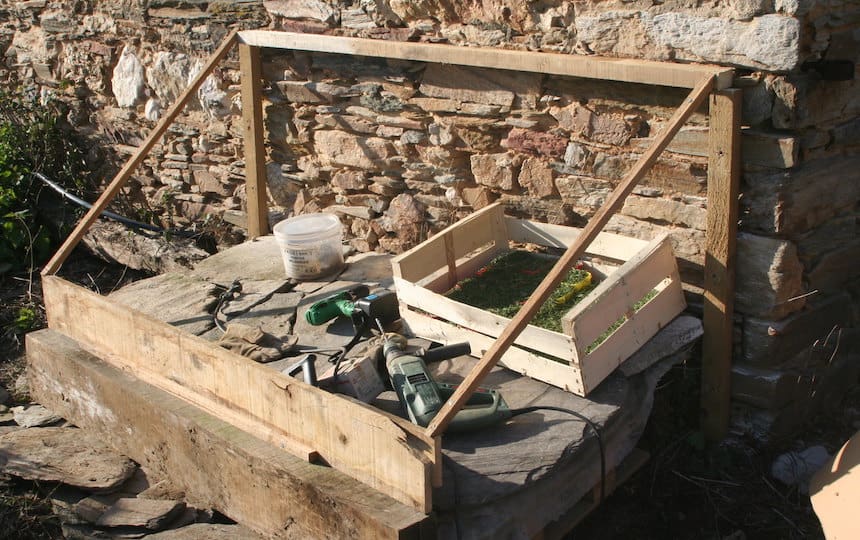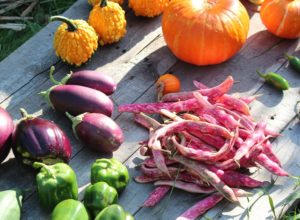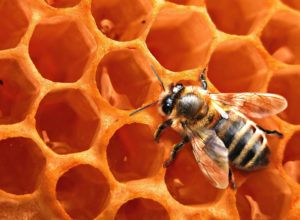Looking to raise seedlings in cooler climates? A cold frame can help. We show you how to build your own “mini greenhouse” with our simple to follow guide.
What is a cold frame?
Cold frames really are a bit mistitled. Because you don’t need one if you live in a warm climate. Cold frames create a warm micro-climate for seedling raising in cooler climates. They’re kind of like mini-greenhouses.
Cold frames trap solar energy as warm air. This helps grow seedlings in colder weather. Cold frames are used to extend your growing season.
Cold frames are useful for those of us living in climates with cold winters. They extend our seedling growing season by creating an artificially warm environment in spring and autumn. Want tomatoes by Christmas or buxom broccoli in winter? Then a cold frame is for you!
Cold frames have been utilised for a long time. Even the infamous Mr McGregor from Peter Rabbit had a “cucumber frame” in his garden to keep his curcubits warm. And the even more infamous Roman emperor Tiberius is credited with the earliest invention of a miniature greenhouse. And believe it or not, that was also to satisfy an insatiable appetite for cucumbers.
But cold frames remain relatively simple to make in the modern age. You can make your cold frame as simple or fancy as you like.
How to make a cold frame
Cold frames can be made in all different shapes and sizes, depending on how many seedlings you need to grow and how much space you have.
The basic principal is to create a box with a hinged transparent lid which sits at an angle to catch the ideal amount of autumn or spring sunlight. Having the roof tilted at around 30 degrees is ideal (whatever is optimal for solar panels in your climate). Cold frames need to be facing north in a sunny spot unobscured by shadows.
Use a taller back and a shorter front on the box to ensure the roof will be at the right angle. Then cut the side pieces with an angled top in order to accommodate the roof. Good materials for the transparent roof include:
- glass
- perspex
- laser-light roofing
You can even use large plastic sheets. An old window pane is an easy hack that will make a glass roof safe to handle and involve minimal carpentry.
You can also use a fancy (not!) stick mechanism to allow the roof to be gradually opened. Thus “hardening off” mollycoddled seedlings before transplanting.
Materials
Cold frames can be made out of all sorts of materials. But you need to measure up their insulation power against your heating needs.
We built a cold frame out of Structural Insulated Panel offcuts and found it was too effective in our Melbourne climate. It baked a few of our less hardy seedlings. But that might suit if you live in a truly cold climate. Or even a rural area that won’t suffer the urban heat-sink effect. You can also use:
- polystyrene boxes
- bricks
- wood
- roof sheeting
Rocks or bricks can create a heat-bank that can be built up and scaled back as the weather requires if you have really cold overnight temperatures. Put your DIY cold frame on a warm stone porch or against a north facing wall of your house to even out some of these temperature bumps.
Tell us!
Have you made a cold frame? Tell us how you went! We’d love to know what materials worked for you. Or any tips you’ve learnt along the way. Leave a comment below.












